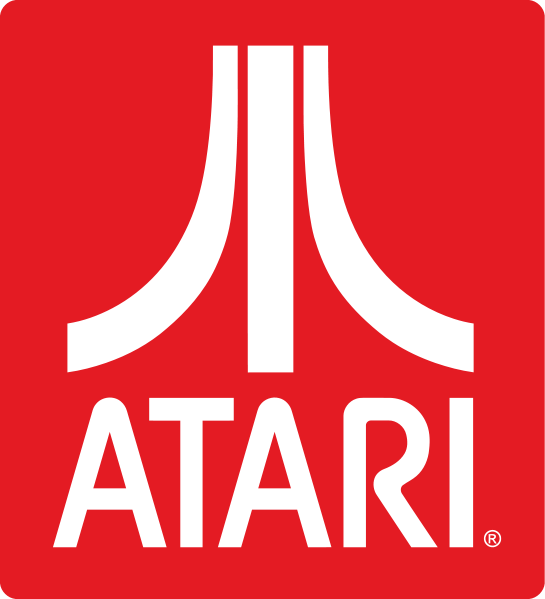AARP Hearing Center
Atari: 7 Facts About the Video-Game Pioneer
By Patrick Kiger, January 25, 2013 06:55 PM
If you were a teen or young adult in the 1970s and 1980s, the brand-name Atari was synonymous with cutting-edge cool - and not just because of that classic 1978 TV commercial in which a little kid bests Kareem Abdul-Jabbar.
From iconic arcade video games such as Pong and Asteroids to a line of early home gaming consoles that gradually evolved into personal computers, Atari - in its various corporate incarnations under different owners - did more than its share to help transform us into a society fascinated with electronic gadgetry and artificial worlds fashioned from ones and zeros.

That's why it was so bittersweet this week to read that Atari, Inc., had filed for Chapter 11 bankruptcy protection, and that its future might be in jeopardy.
Here's a list of fascinating facts about the outfit that got us all squinting at monochrome screens:
- According to video-game historians Nick Montfort and Ian Bogost, Atari co-founder Nolan Bushnell first realized the potential of video games as an electrical engineering student at the University of Utah in the early 1960s, when he played a game called Spacewar on a PDP-1 computer, a piece of $100,000 hardware then available only to a lucky few at universities and research labs. He spent the next decade trying to figure out how to make such a game run on a simpler, less costly machine. The result, a game called Computer Space, had limited success when it was released in 1971, in part because it was too difficult for non-techies to grasp the concept.
- When they founded Atari in 1972, Bushnell and partner Ted Dabney originally were going to call the company Syzygy, which is not a Polish village but rather a term for planetary alignment. By one account, when they discovered that the name already had been registered, they opted for Atari, a term from the Japanese game Go, which has a meaning similar to "check" in chess.
- Pong, Atari's first game, was a departure from Computer Space because it was based on a simple real-world game: table tennis. The first coin-operated Pong console was installed in Andy Capp's Tavern in Sunnyvale, Calif., in 1972. Within two years, there were 100,000 Pong consoles in bars across the nation, and they largely drove pinball machines into obsolescence.
- Atari's Home Pong, released in the mid-1970s, wasn't the first home video console - that distinction belongs to the Magnavox Odyssey - but it included numerous technological advances, including an integrated circuit that contained most of the game's workings on a single chip.
- Though Atari didn't invent the idea, it popularized the use of interchangeable cartridges, which allowed game-console users to switch from one game to another. The company's 1976 Atari Video Computer System, better known as the Atari 2600, was capable of playing all of Atari's games - which, at the time, numbered just four.
- Bushnell sold Atari to Warner Communications in 1976, reportedly for around $30 million. He used some of the proceeds to buy the 1,500-acre Woodside, Calif., estate once owned by the Folgers coffee family.
- Perhaps Atari's most famous employee was a young Steve Jobs, who was put on the night shift because he walked around barefoot and didn't bathe, according to Jobs biographer Walter Isaacson.































































